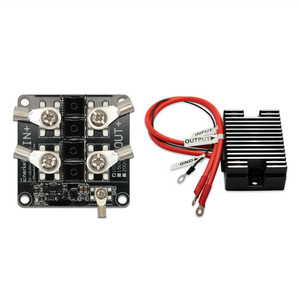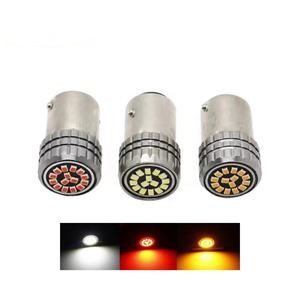Thyristors Online | High-Quality Power Semiconductors
**Thyristor Secrets: Why Latching and Holding Currents Matter**
(Thyristor Latching and Holding Currents: Detailed Explanation)
Imagine flipping a light switch. Once you turn it on, the light stays on until you turn it off. A thyristor works a bit like that switch but in the world of electronics. It latches onto a current and holds it, acting as a tiny powerhouse for devices like dimmer switches or motor controllers. But here’s the thing: to use thyristors well, you need to understand two key ideas—latching current and holding current. Let’s break them down.
First, think of a thyristor as a gatekeeper. For it to “open” and let electricity flow, it needs a strong enough push. This push is called the **latching current**. Picture trying to roll a heavy boulder up a hill. You need a big initial shove to get it moving. Once it’s over the peak, gravity takes over, and it rolls on its own. The latching current is that first shove. Without it, the thyristor won’t turn on. Once the current crosses this threshold, the thyristor “latches” on, and the flow continues even if you reduce the current.
Now, what keeps the thyristor switched on? That’s where the **holding current** comes in. Imagine the boulder rolling down the hill. To keep it moving, you don’t need to push anymore—but if it slows too much, it’ll stop. The holding current is the minimum current needed to keep the thyristor active. If the current drops below this level, the thyristor turns off. This feature is handy for controlling power. For example, in a light dimmer, reducing the current below the holding current shuts off the thyristor, cutting power to the bulb halfway through the cycle.
Why do these currents matter in real life? Let’s say you’re designing a motor controller. If the latching current is too high, the thyristor might not turn on when it should. If the holding current is too low, the thyristor might stay on when it shouldn’t, causing the motor to run out of control. Getting these values right ensures your circuit works safely and efficiently.
Temperature plays a role too. Heat can lower the latching and holding currents, like making the hill less steep for that boulder. In hot conditions, a thyristor might turn on too easily or stay on longer than intended. Engineers have to account for this by choosing components rated for higher temperatures or adding cooling systems.
Another thing to watch is the load type. Resistive loads, like heaters, draw steady current. Inductive loads, like motors, create surges when turned off. These surges can mess with the holding current, tricking the thyristor into staying on. Snubber circuits—small networks of resistors and capacitors—are often added to smooth out these spikes and protect the thyristor.
Testing is key. Manufacturers provide latching and holding current values in datasheets, but real-world conditions can vary. Prototyping helps spot issues early. For example, if a thyristor keeps turning off unexpectedly, the holding current might be set too high for the actual load.
Choosing the right thyristor isn’t just about specs. It’s about understanding how it behaves in your specific setup. A part that works perfectly in one circuit might fail in another due to differences in voltage, load, or even wiring resistance. Always test under conditions that mimic the real application.
Lastly, think about failure modes. If a thyristor can’t latch, the device won’t start. If it can’t hold, the device might shut off randomly. Both scenarios can damage equipment or create safety risks. Reliable designs include safety margins—setting operating currents well above the latching minimum and below the holding maximum.
(Thyristor Latching and Holding Currents: Detailed Explanation)
So next time you use a thyristor, remember it’s not just a simple switch. It’s a precision tool that relies on balancing those two invisible forces—latching and holding currents. Master them, and your circuits will work like magic. Ignore them, and you might end up with a stubborn component that refuses to cooperate.


